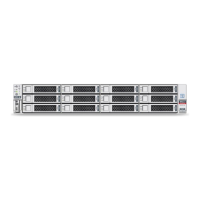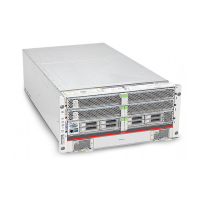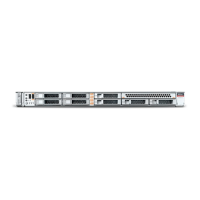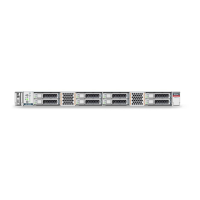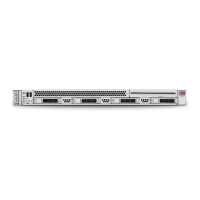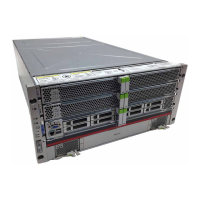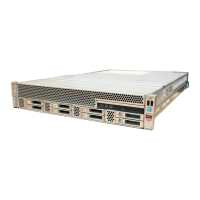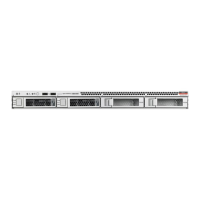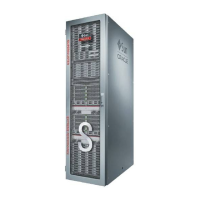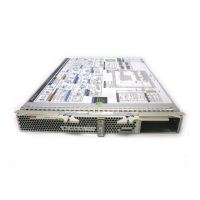Xen™ Technology
1-2 Oracle VM Server User's Guide
administration costs, fewer computers can be used to achieve the same goal.
Administration and physical setup is less time consuming and costly.
■ Isolation: Virtual machines run in sand-boxed environments. Virtual machines
cannot access the resources of other virtual machines. If one virtual machine
performs poorly, or crashes, it does not affect any other virtual machine.
■ Platform Uniformity: In a virtualized environment, a broad, heterogeneous array
of hardware components is distilled into a uniform set of virtual devices presented
to each guest operating system. This reduces the impact across the IT organization:
from support, to documentation, to tools engineering.
■ Legacy Support: With traditional bare-metal operating system installations, when
the hardware vendor replaces a component of a system, the operating system
vendor is required to make a corresponding change to enable the new hardware
(for example, an Ethernet card). As an operating system ages, the operating system
vendor may no longer provide hardware enabling updates. In a virtualized
operating system, the hardware remains constant for as long as the virtual
environment is in place, regardless of any changes occurring in the real hardware,
including full replacement.
1.3 Xen™ Technology
The Xen hypervisor is a small, lightweight, software virtual machine monitor, for
x86-compatible computers. The Xen hypervisor securely executes multiple virtual
machines on one physical system. Each virtual machine has its own guest operating
system with almost native performance. The Xen hypervisor was originally created by
researchers at Cambridge University, and derived from work done on the Linux
kernel.
The Xen hypervisor has been improved and included with Oracle VM Server.
1.4 Oracle VM
Oracle VM is a platform that provides a fully equipped environment for better
leveraging the benefits of virtualization technology. Oracle VM enables you to deploy
operating systems and application software within a supported virtualization
environment. The components of Oracle VM are:
■ Oracle VM Manager: Provides the user interface, which is a standard ADF
(Application Development Framework) web application, to manage Oracle VM
Servers, virtual machines, and resources. Use Oracle VM Manager to:
– Create virtual machines
– Create server pools
– Power on and off virtual machines
– Pause and unpause live virtual machines
– Deploy virtual machines
– Manage virtual NICs (Network Interface Cards), disks and shared disks
– Create virtual machine templates from virtual machines
– Import virtual machines and templates
– Manage high availability of Oracle VM Servers, server pools, and guest virtual
machines
